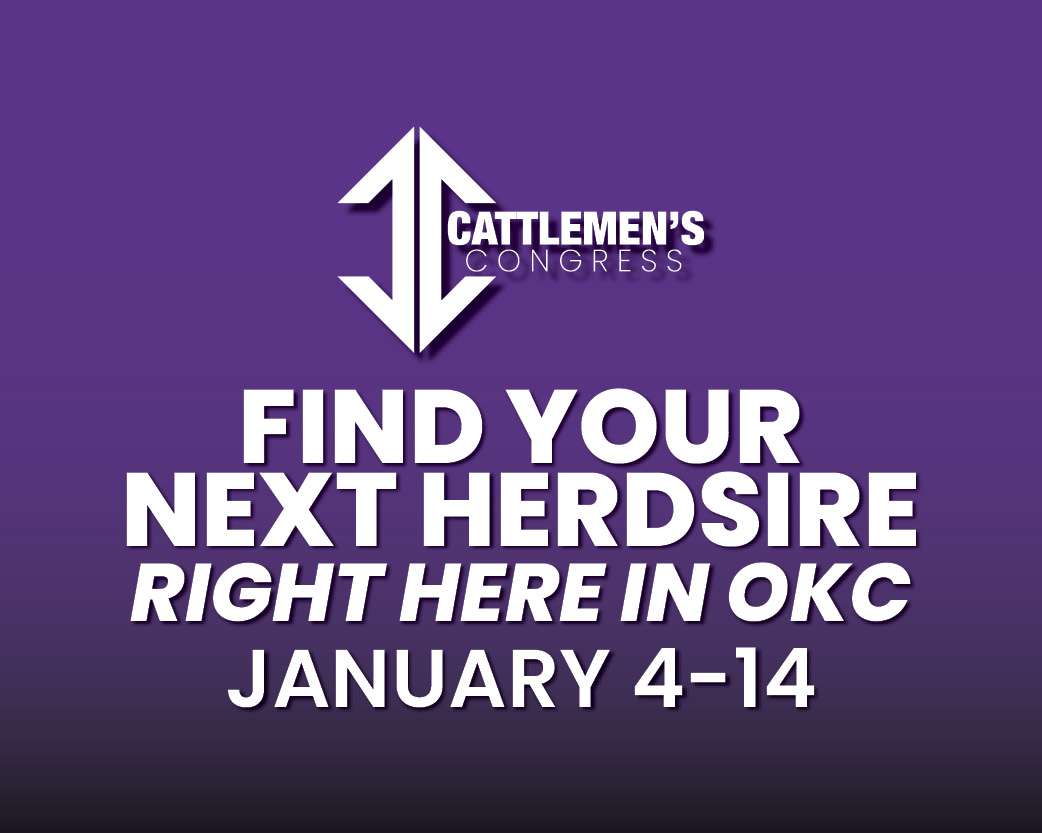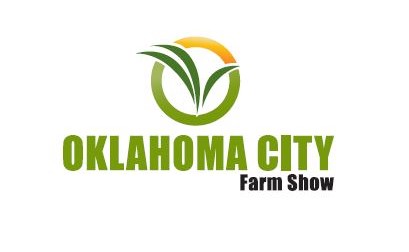
At the 2024 OCA Convention, Senior Farm and Ranch Broadcaster Ron Hays is back talking with Oklahoma State University Extension Livestock Marketing Specialist Dr. Derrell Peel about his 4-3-2 prediction from a year ago.
At the 2023 Convention, Peel talked about 4-3-2 cattle prices, meaning $4 stocker calves, $3 yearlings, and $2 fat cattle. In recent days, the $2 fed steer prediction has rang true, and the others have come very close.
“We’ve already hit the ‘2’ part of that for fed cattle. We haven’t quite made it to $3 for the big cattle, the eight-weights, but they are running $2.60-ish right now. We aren’t that far away, and the calves got really close in the spring-highs in March, and they’ll come back,” Peel assured producers. “The timeline has been extended a little, and we may not hit all of those in 2024, but we will hit them before this is all over with.”
Peel expects these elevated prices to hold long term. Due to reduced numbers in production and no signs of herd rebuilding, he expects the prices to last for a minimum of 3 or 4 years. He said, “It will take that long to ‘tear up our playhouse,’ if you will, by producing our way back into lower prices.”
Peel explained that the key to the current market situation is that feeder supplies are tight, but they are keeping the inventory manageable by feeding heifers. Once producers begin retaining heifers again, the feedlots will feel the pressure even more.
“One thing that I would change about what I said last year, is that this whole thing is going to be a slower process than I thought. What that means is that we are going to maintain a very strong, supportive supply scenario for an extended period of time in this industry,” he stated.
Peel said that beef demand is still very robust, and he thinks that beef prices haven’t yet reached their peak as beef supplies are reduced. “The other thing that happens here is that beef prices won’t go up as much as we are talking about for, say, the calves and the feeder cattle. So that implies that there is more squeeze going on in the middle. The margin producers above the cow calf level – stocker producers, feedlot producers, as well as packers and retailers – ultimately are going to feel more of a squeeze on their margins,” he cautioned. “There is a compression with more price increases at the bottom end than the top end will allow for.”
In response to people’s concerns that beef consumption is falling and trying to relate it to beef demand rising, Peel explained the difference. “Consumption is what we produce. It is a measure of supply. If you don’t produce it, you can’t eat it. Consumption, inevitably, will fall. At the same time, the measure of demand is the prices that go along with that quantity. As the quantity goes down, beef demand continues robust, so we’ll see somewhat higher prices at the retail level.”
Peel admitted that as beef prices rise, some individuals will consume less beef. However, the people who really want to eat beef, even as the market comes to a lower quantity of production, will continue to eat beef and will pay more to get it. It is the number of those individuals that keep demand strong.
The Beef Buzz is a regular feature heard on radio stations around the region on the Radio Oklahoma Ag Network and is a regular audio feature found on this website as well. Click on the LISTEN BAR at the top of the story for today’s show and check out our archives for older Beef Buzz shows covering the gamut of the beef cattle industry today.

















